Master these 10 essential facts about water purifiers to effortlessly tackle 80% of your daily water concerns
In our childhood, most households drank tap water – boiling a kettle, steaming cups of water in white porcelain, without a hint of concern. Yet now, this habit seems to have quietly shifted. An array of water purifiers now graces households across the nation. While health and quality are on everyone's lips, the sheer variety of models and features leaves many with lingering doubts: How should one select a water purifier? Can it truly filter out all impurities? Does installing one guarantee complete peace of mind? Today, let's sort through ten common water purifier usage tips, so that when you encounter water-related issues, you can easily resolve most problems.
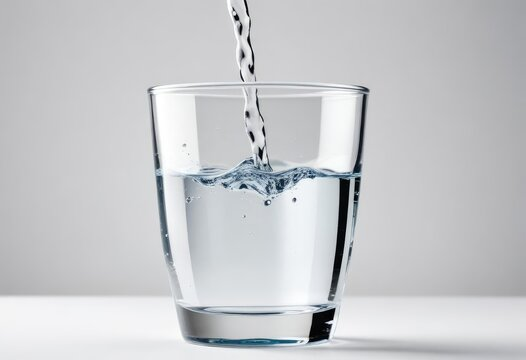
When discussing the function of water purifiers, most people's first thought is ‘filtering out impurities.’ However, several mainstream purification methods exist on the market, such as reverse osmosis, ultrafiltration, and activated carbon. Each method has its own characteristics: some are better at filtering bacteria and viruses, while others are more effective at removing odours and residual chlorine. Simply put, if you seek exceptionally pure drinking water, prioritise models with reverse osmosis (RO) membranes. if you simply wish to improve the taste and safety of your tap water, standard ultrafiltration or composite filter cartridges are often sufficient.
A practical tip: before purchasing, ask the retailer for any test reports they provide to verify the actual filtration performance for greater peace of mind.
In other words, many assume that installing a high-end water purification system guarantees lifelong drinking water safety for the entire household, but this isn't the case. Every filter cartridge has a finite lifespan. No matter how expensive or advanced, prolonged use inevitably leads to accumulated impurities. Neglecting regular replacement not only diminishes performance but risks allowing trapped bacteria to multiply, effectively recontaminating your clean tap water. Therefore, we recommend affixing a label beside each unit or setting mobile reminders to ensure timely replacement. Don't let convenience lead to costly consequences.

Regarding cleaning and maintenance, many initially overlook this aspect, assuming that if the machine looks new on the outside, it must be fine. However, the internal structure is where the critical issues lie. Some brands offer automatic flushing functions, which are convenient to use, but manual cleaning remains essential. For instance, periodically disassembling the inlet and outlet ports every few months for a simple rinse can effectively prevent sediment blockages and the build-up of unpleasant odours. If you prefer not to do it yourself, you can arrange for after-sales service to conduct a comprehensive inspection. Having a professional technician identify potential issues is generally reasonably priced and represents excellent value for money when compared to the cost of compromising your health.
At this point, some may ask: ‘So which type should I choose?’ The answer isn't straightforward, as tap water quality varies significantly across different regions. In areas with severely aged pipework where taps yield yellowish rusty water, an ultrafiltration plus activated carbon combination proves more reliable. Conversely, if your local supply generally tastes acceptable with only occasional disinfectant notes, a standalone point-of-use filter suffices.
Helpful tip: Before installation, contact your local water authority to understand the basic conditions. Then, factor in your household's actual needs to make a decision – this approach makes it easier to select the model best suited to your home.
Additionally, it's worth addressing the debate surrounding ‘wastewater’. Reverse osmosis systems typically feature a wastewater outlet, with some users expressing concern about ‘excessive wastage’. However, this effluent primarily carries concentrated contaminants, and its volume is far less substantial than commonly perceived. Crucially, it can be collected for practical uses like mopping floors or flushing toilets, enabling resource recycling. This approach not only saves money but also benefits the environment!
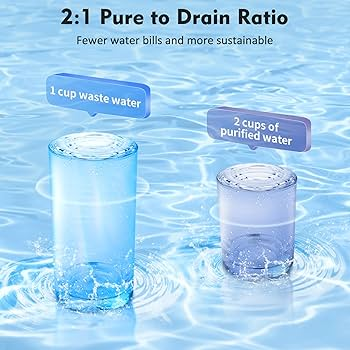
Many users agonise over whether water softening is necessary. In reality, southern China generally has softer water, whereas northern regions—particularly those relying on well water—often experience higher hardness levels. This can result in a ‘white film’ forming on boiled water surfaces. If you notice frequent scale build-up in your kettle after boiling, this is likely due to excessive hardness. In such cases, prioritising models with a softening module or those specifically designed for northern regions can significantly enhance daily comfort. Of course, if your household only requires water for cooking and drinking – without daily consumption of large quantities of tea or coffee – the hardness requirements are less stringent. There's no need to pursue top-of-the-range specifications, as the investment may not justify the return.
Paying attention to usage details is equally important. Some may find it most convenient to simply turn on the tap and fill a cup directly. However, the correct practice is to first let the tap run for a few seconds to flush out any stagnant water lingering in the pipes before collecting the fresh, filtered water that flows out. This seemingly minor step effectively prevents sediment, microorganisms, or impurities from contaminating your drink. Small actions yield big safety benefits, making it a habit well worth cultivating.
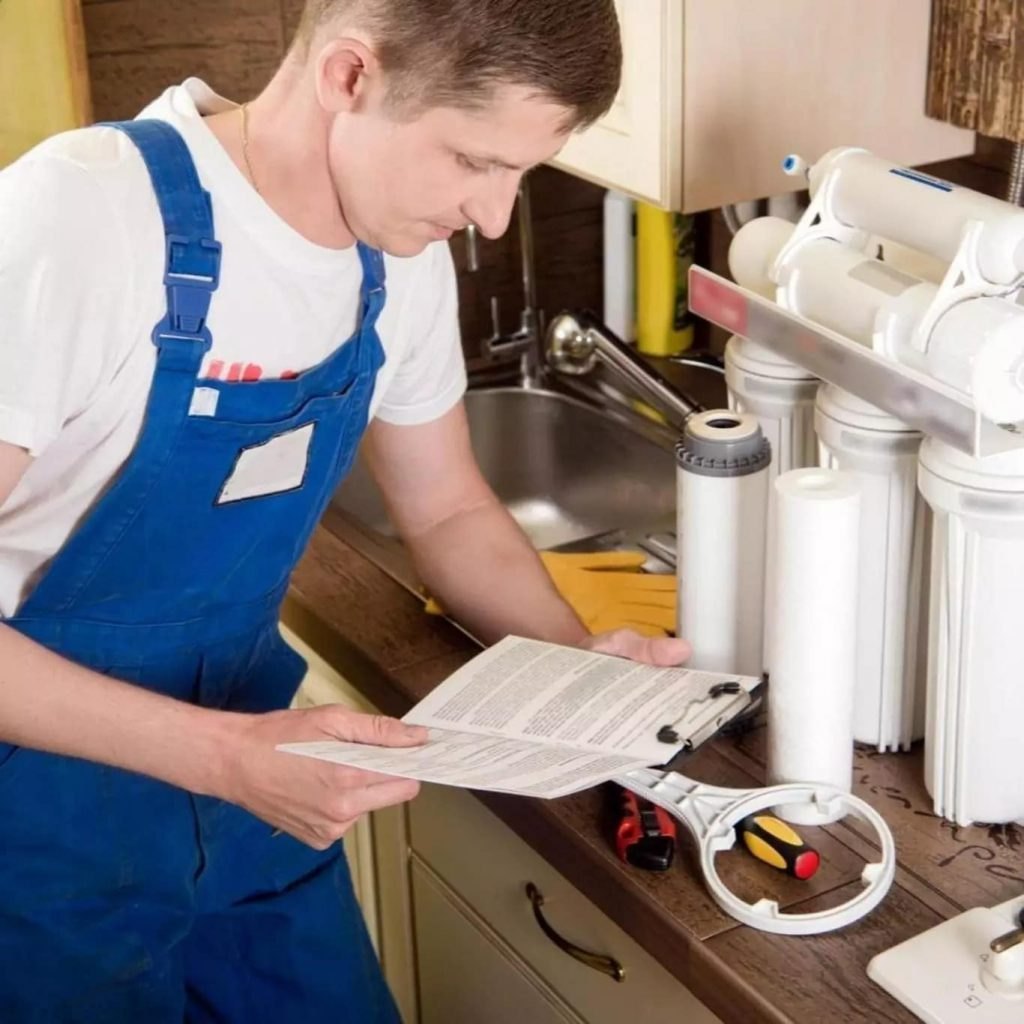
Meanwhile, selecting between whole-house centralised and localised point-of-use solutions remains a common concern. For those with ample budgets and larger living spaces, a whole-house system ensures consistently clean, high-quality water throughout kitchens and bathrooms, though initial installation costs and ongoing maintenance expenses are comparatively higher. Conversely, compact under-sink drinking water systems offer an economical solution ideal for tenants or small households. Requiring no complex wiring, installation and commissioning typically takes under half an hour, making it remarkably convenient. Should relocation become necessary, the unit can be easily removed without burden, eliminating concerns over wasted investment.
Another noteworthy trend is the increasing smart functionality in recent years. Newer models commonly incorporate app-based remote control, water quality monitoring, and even voice alerts. Should any anomalies arise, your phone will immediately display an alert. This eliminates the need for constant monitoring by the machine; simply open your phone to check real-time operational status and remaining lifespan – a godsend for busy professionals. However, it's crucial to note that even with such reliance on smart systems, manual inspections should never be entirely neglected. When it's time for a clean, roll up your sleeves and do it yourself!
Lastly, some enthusiasts enjoy DIY assembly and component upgrades. While this can be highly rewarding, it's crucial to ensure all materials meet food-grade standards to avoid potential hazards. Should you encounter leaks, drips, or loose connections, cease use immediately and contact professional maintenance personnel to prevent minor issues escalating into major problems. Additionally, when selecting brands and models, consider consulting neighbours and friends about their actual experiences. Browsing reputable review websites for first-hand data is also advisable. Heeding advice from those with prior experience can help avoid many pitfalls.
In summary, by mastering these commonly overlooked yet essential everyday tips, you'll approach selecting, installing, and maintaining household purification equipment with greater confidence. No matter the situation, you'll remain composed, and those persistent minor issues will naturally resolve themselves! Should you wish to delve deeper into related topics, feel free to leave comments below – your queries might just inspire our next tailored guide!
【Friendly Reminder】
• Always verify complete product certifications before purchase;
• Keep a regular record of filter replacement schedules;
• Note the manufacturing date and warranty period;
• Contact official after-sales channels immediately for any issues;
• Consult medical advice beforehand for household members with special health conditions;
May every reader of this article enjoy a truly wholesome, delicious, and worry-free glass of water!
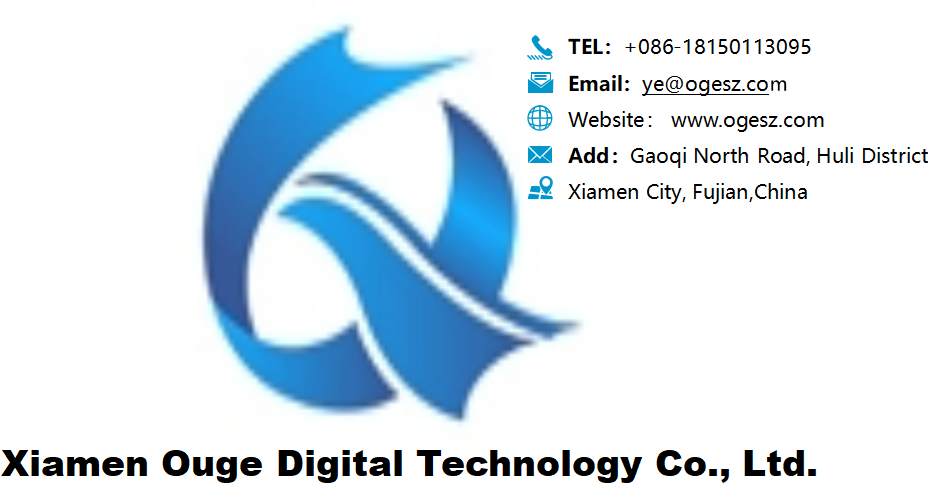
 Reverse Osmosis Technology for Wastewater Treatment: Understanding How RO Systems Operate
Reverse Osmosis Technology for Wastewater Treatment: Understanding How RO Systems Operate
 The “Magic” of Turning Seawater into Freshwater: Unveiling the Core Secrets of Reverse Osmosis Technology
The “Magic” of Turning Seawater into Freshwater: Unveiling the Core Secrets of Reverse Osmosis Technology
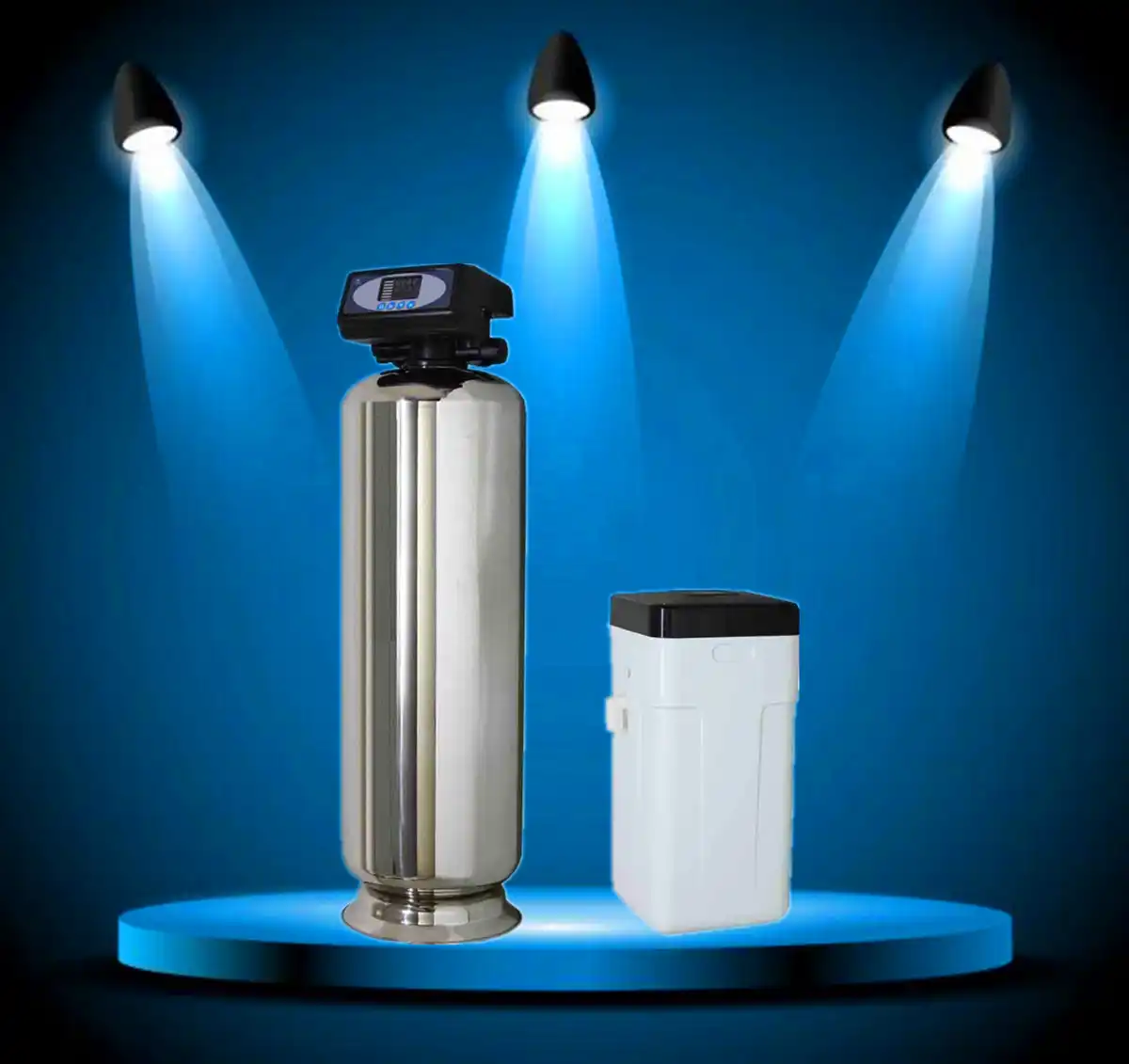 How to Choose Reliable Central Water Filtration and Water Softening Systems? Most People Get It Wrong!
How to Choose Reliable Central Water Filtration and Water Softening Systems? Most People Get It Wrong!
 In rural areas, where groundwater from wells is the primary water source, is it truly necessary to install water purification equipment?
In rural areas, where groundwater from wells is the primary water source, is it truly necessary to install water purification equipment?